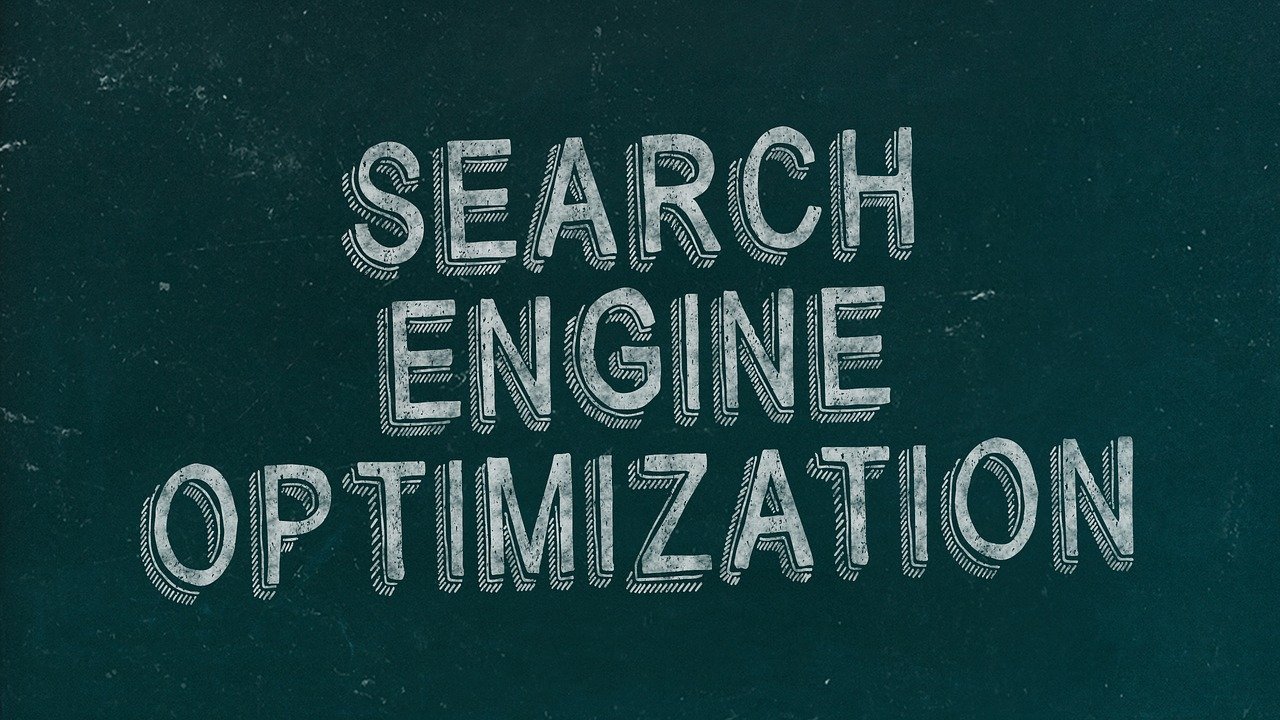Online business is only going to continue to grow in 2021, but not every business is prepared for the continued rush of online customers. It is not enough to sell a good product and rely on customers to find your store as the number of competing businesses has grown astronomically. Online businesses have an incredible noise ceiling to fight through to gain public attention and traction. While there is no single surefire way to improve your online business and gain new customers, SEO best practices are among the more popular methods. The world of online commerce and marketing is complicated and interconnected, but there are many steps any business can take to start improving in 2021. Below are ten ways you can boost your business with SEO initiatives in 2021.
1.) Simple Fixes
A business that is already using SEO methods to gain business might have an idea of how to use SEO but not a plan to keep existing efforts in working condition. Broken links are one of the most annoying errors to run into online and non-functional links can drag down a business’s SEO rankings. Go through your SEO programs and test all your links to ensure you are not relying on connections that are not there anymore. You can also use testing websites to see what links Google no longer considers a working page and fix the damage, so Google doesn’t drag down your rankings any further.
2.) Better User Experience
Marketing aims to get customers to your website, where you can then lure them into buying a product and likely have it shipped to their house. While the process sounds simple, there are many points where things can go wrong. Poor site navigation, slow loading times, not enough shipping options, restrictive payment methods, forcing customers to make an account to checkout, and more will all slow down the conversion process. Let customers know that your process will be straightforward with warehouse shipping options, guest checkout, contact information on every footer, and more. The better the customer experience, the more sales you will complete.
3.) Mobile Is Not Optional Anymore
There are more mobile users than ever before, and more people are shopping online than at any other point in the history of the Internet. Most businesses have a suitable desktop website, but widespread mobile optimization still has a ways to go. Businesses must optimize and properly port desktop websites to mobile platforms, so customers are not forced to fight with awkward controls on their smaller screens.
4.) Variety Of Marketing Methods
There is no one way to market to potential customers as there is more than one customer type. Rather than trying to appeal to everyone with one type of online marketing, use your tools and data to craft marketing that suits specific groups for the best results. Email blasts, paper mailers, social media ads, direct response marketing, and more are all valid marketing methods that are still popular and effective today. Do not limit yourself to specific paths and take advantage of the vastness of online reach with a variety of marketing strategies.
5.) Be Careful With Images
Adding images to your pages is a great way to add visual interest and better explain written concepts on the page, but images can also hold you back in some cases. Imagines take far longer to load than text on a web page, which can turn customers off. No one wants to wait more than 30 seconds for a white screen to load in, and as technology continues to advance, customers will grow less tolerant of slow sites. One primary reason for slow loading pages is bad image optimization. Instead of forcing all your images to load at once upfront, have the website load images as they appear and don’t load images below the fold until the customer scrolls down. If images are still slowing down your load times, consider reducing the image resolution and display size to lower the image file size.
6.) Use HTML Tags
Google doesn’t only look at the text, images, and links on your site to determine rankings. Google looks at tags, metadata, and other factors that customers never see. Even adding HTML header tags to your text will help your site look better in Google’s eyes. Use simple <h1>, <h2>, and metadata tags to show Google your titles and important descriptions.
7.) Fresh Content
Content has a shelf life, and it does your business no favors to leave outdated and irrelevant content in prime positions on your website. Most people instantly disregard or cast doubt on content that has a date older than two years ago. Life moves fast, and content from 3+ years ago is likely not accurate anymore. Fresh content brings in new eyes to read the latest information and helps Google recognize your business is actively improving.
8.) Use Social Sites To Find Customer Interests
One of SEO’s critical factors is finding topics and keywords people are interested in and actively searching for. Without interviews or data collection, it can be hard to guess what customers want or have questions about. Thankfully, there are sites that are dedicated to answering popular consumer questions. Reddit and Quora are good starting points to find what everyday people in your industry are talking about. Going straight to where your customers talk lets you see the most honest questions that your business can turn into an opportunity.
9.) Google Discover
Google Discover is a new AI mobile news system with over 800 million users and a growing user base. The system lets users indicate their interests, and the AI keeps their feed filled with content the user may like. If Google Discover accepts your content and users like your content, there is a good chance it will be shown to fresh eyes. The quality bar for content is just as high as the rest of Google, so ensure your content is trustworthy with reputable backlinks.
10.) Google Is In Charge
While businesses can make changes to improve their SEO standings, it is best to remember that Google runs the show, and you ultimately have to give Google what it wants. Google prefers information, mobile-friendly, original content and will algorithmically ignore low-quality content with no goals or optimization. The exact goalposts for Google change frequently, but keep adaptability in mind as you should aim to satisfy Google to get more web traffic.



